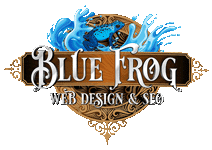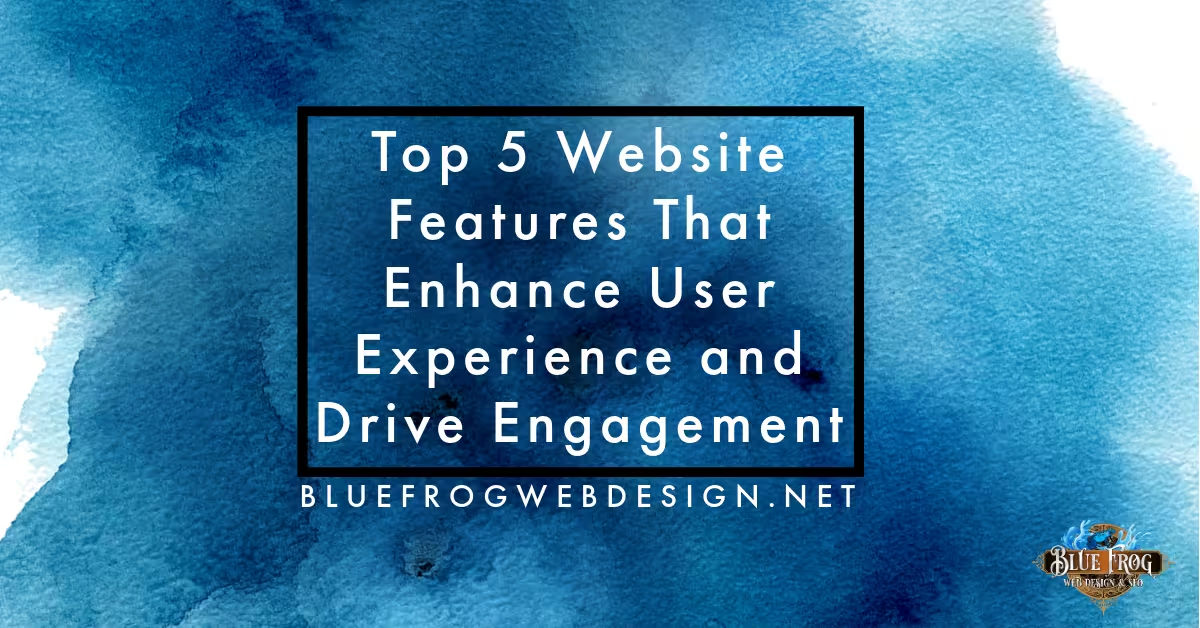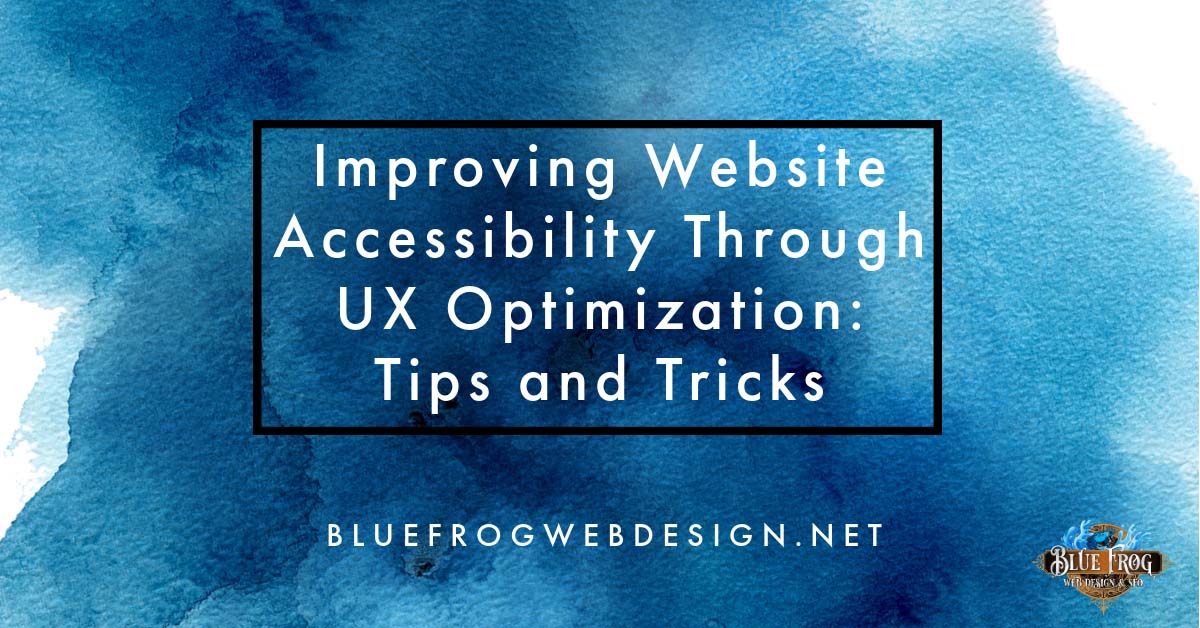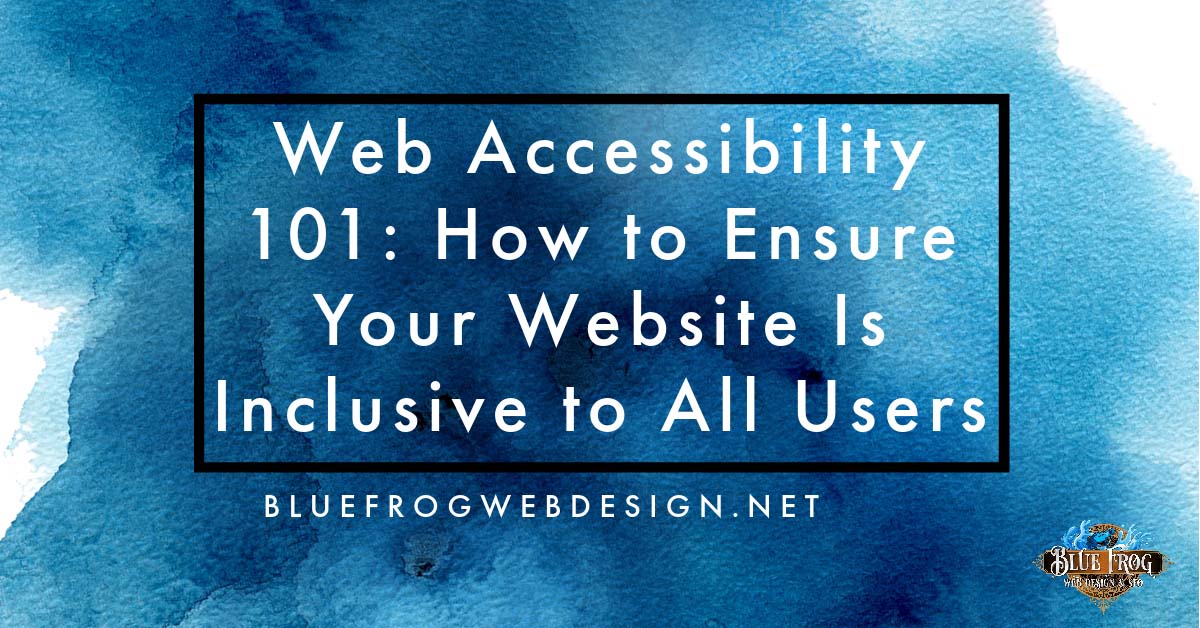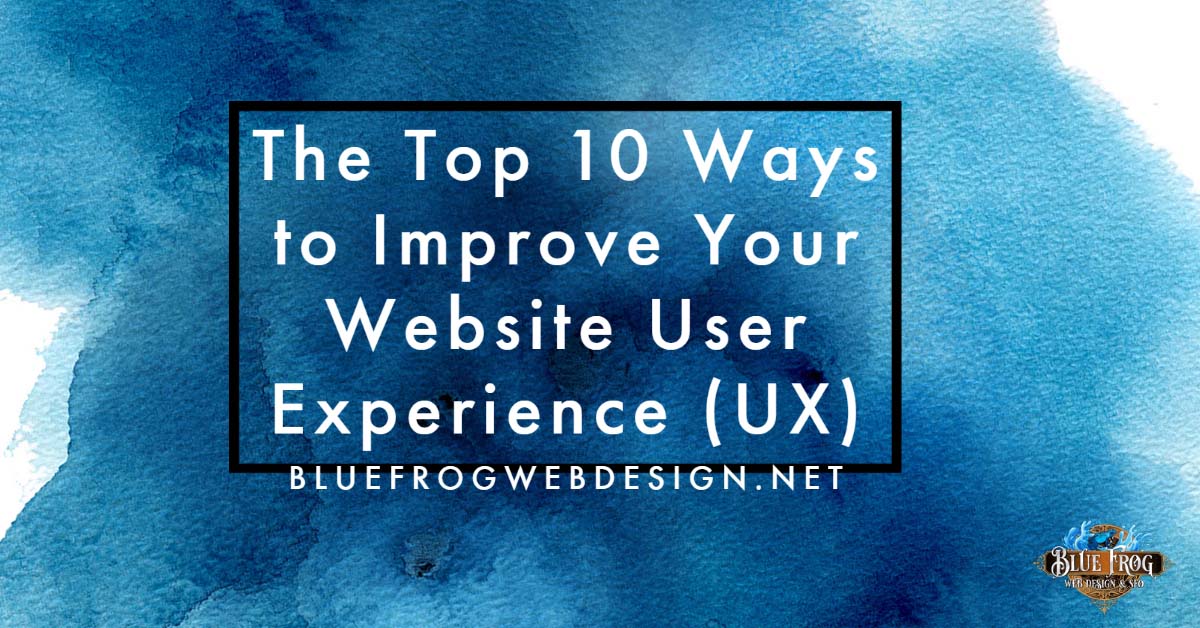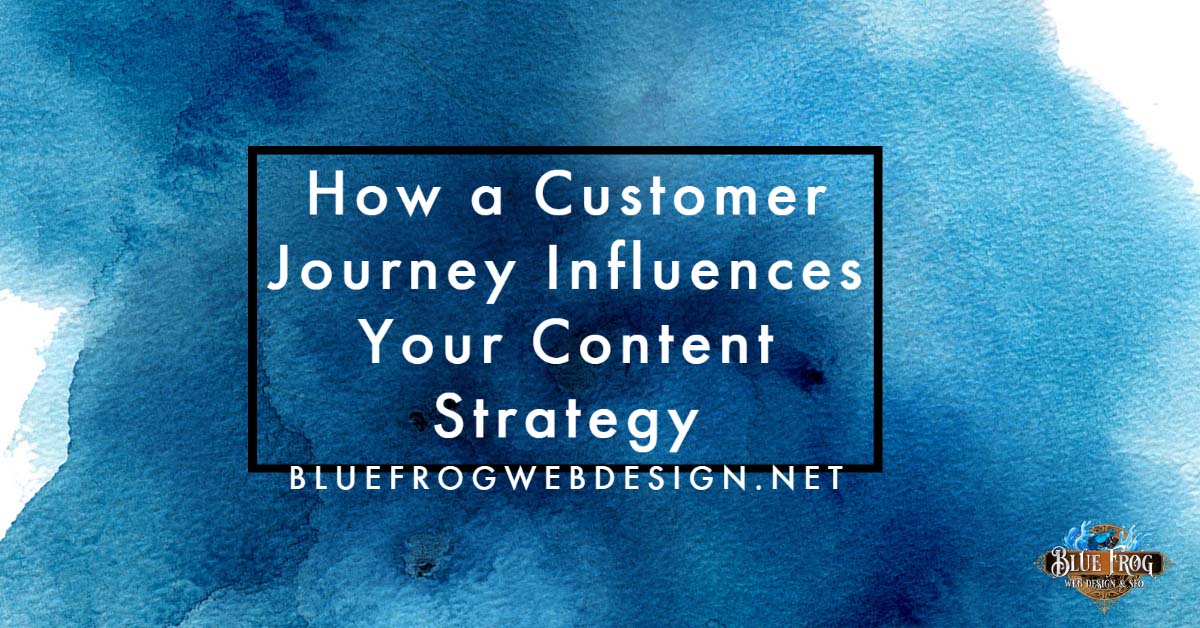In today’s digital world, having a website is crucial for any business to succeed. But it’s not enough to simply have a website; it needs to be user-friendly and provide a positive user experience. In this blog post, we will discuss the importance of designing for the user experience and how it impacts conversion optimization and content optimization.
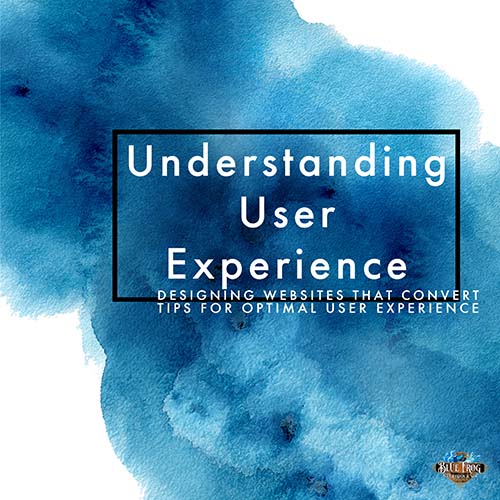
Understanding User Experience:
User experience is the overall experience that a user has when interacting with a website. It includes elements such as navigation, layout, design, and content. The goal of user experience design is to create a website that is easy to use, intuitive, and enjoyable for visitors. The better the user experience, the more likely visitors are to stay on the website and take action.
Designing for User Experience:
To design for user experience, it’s important to put yourself in the shoes of the website visitor. Make sure the website is easy to navigate, has a clear and concise layout, and is visually appealing. Users should be able to quickly find the information they are looking for, and the website should be intuitive to use. Responsive design is also crucial for user experience, as it ensures that the website is optimized for all devices, including mobile.
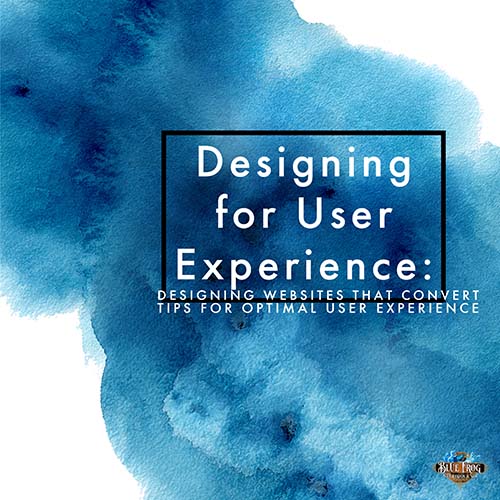
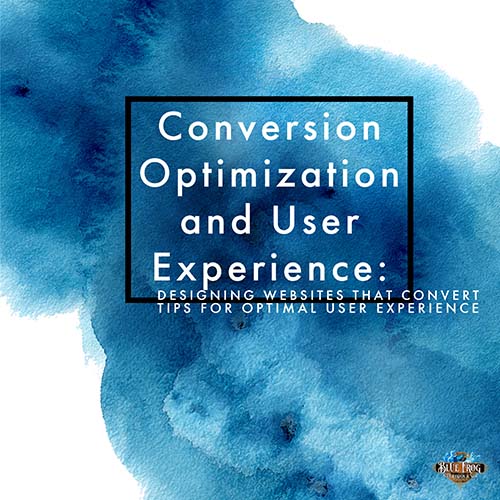
Conversion Optimization and User Experience:
User experience is directly tied to conversion rates. If visitors have a positive experience on a website, they are more likely to convert. To optimize user experience for conversion, it’s important to make sure the website is easy to use, visually appealing, and has clear calls-to-action (CTAs). CTAs should be strategically placed throughout the website and be easy to find.
Content Optimization and User Experience:
Content optimization is also tied to user experience. If visitors can easily consume the content on a website, they are more likely to stay on the website and take action. To optimize user experience for content consumption, it’s important to make sure the content is easy to read and visually appealing. Use headings, subheadings, and bullet points to break up text and make it easier to consume.
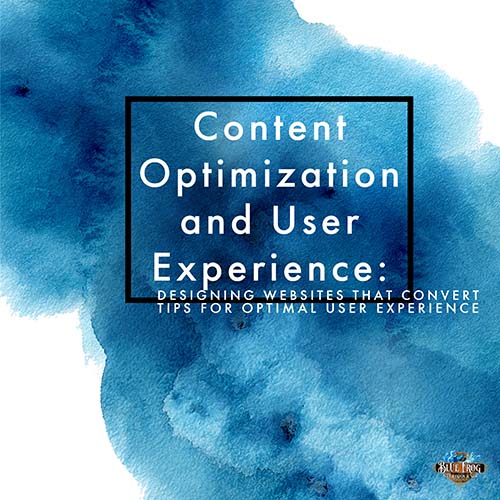
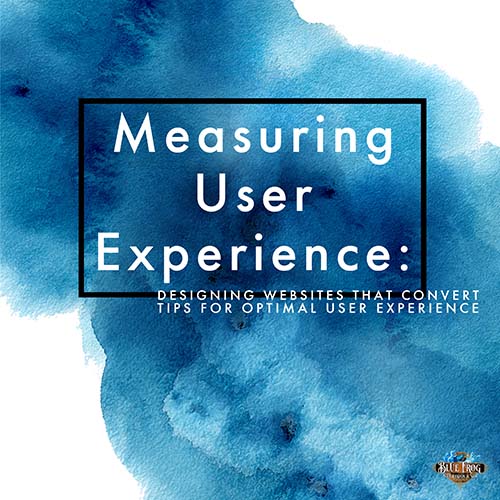
Measuring User Experience:
Measuring user experience is key to understanding how visitors are interacting with the website and identifying areas for improvement. Key metrics for measuring user experience include bounce rate, time on site, and conversion rate. There are also tools available to track user behavior and identify areas for improvement, such as heat maps and user recordings. Ongoing testing and refinement is important to continually improve the user experience.
Designing for the user experience is crucial for the success of any website. A positive user experience not only leads to higher conversion rates but also helps build brand loyalty and trust. At Blue Frog Web Design & SEO, we specialize in designing user-friendly websites that are optimized for conversion and content consumption. Contact us today to learn more about how we can help you transform your website into a user-friendly experience.






Need help with your marketing?
We can assist you with your project through consultations, white-label work or directly hiring us for the task.
This is what we do
From website design to marketing and SEO we cover all of the bases and would love to help you with your next project. Contact us today to get started.
Ready to get started?
Get in touch today.
